Published in the Sunday Navbharat Times on 30 March 2025
It all started with a casual dinner plan. We were in New York, and after trying out Kathi rolls at midnight, we ended up dining at a Michelin-starred restaurant the very next day.
My school friends and I have since created a beautiful ritual—visiting one new destination together every year. They live in the US, and we realised the best way to stay in touch was to plan an annual girlfriends’ break. It wasn’t easy to start this tradition, given that we’re all workaholics and also committed to family time. But for us, friends are family too, and that’s how our yearly travel tradition began—one exotic destination after another.
Thanks to the team at Veena World’s Customised Holidays, our plans always transform into well-curated, immersive travel experiences—from a sunset yacht in Santorini, to an architectural walking tour of Prague, to a magical theatre evening in London.
But since we’re all self-confessed foodies, the highlight of every trip is what to eat and where to eat! It started in New York with a visit to the restaurant Hakkasan, and from there, we were hooked. We dined at Hakkasan in London, then Mumbai, and now, we make it a point to visit one Hakkasan in every city we travel to. When one of my friends visited Las Vegas, she made sure to dine at Hakkasan there too.
It has officially become our thing—a tradition that shows how food can be more than just a meal—it’s a reason to travel.
We have often booked exclusive restaurants for our guests who travel to different places around the world. Some of our corporate travellers insist on Michelin starred restaurants for their top managemnet. We have all often heard that its really difficult to get reservations at Michelin starred restaurants and its not just the food but the manner in which it is presented that also makes for a memorable dining experience. So what really are Michelin-Starred Restaurants?I had to know more. So, I did some digging.
The Michelin Guide was originally created by the Michelin tyre company in 1900 to help motorists find places to eat and stay. By 1926, they began awarding stars to exceptional restaurants, and over time, it evolved into the gold standard for fine dining.
Michelin Star Ratings:
* One Star – A very good restaurant in its category.
* Two Stars – Excellent cooking, worth a detour.
* Three Stars – Exceptional cuisine, worth a special journey.
Contrary to popular belief, Michelin stars are awarded to restaurants, not chefs—though a chef’s reputation and skill often influence the recognition. When a renowned Michelin-starred chef moves to a new restaurant, the new establishment often earns stars due to their expertise. Securing even one star is a huge achievement, and three stars put a restaurant in the world’s most elite category.
We’ve noticed more and more Indian travellers exploring global cuisine. Japanese food, in particular, has become a favourite thanks to its freshness and simplicity. Shows like MasterChef Australia have brought the world of fine dining into our homes, sparking a desire to experience authentic, regional dishes across the globe.
While Michelin leads the way globally, other countries have their own Prestigious Restaurant Rating Systems:
* Australia: Chef Hat system (Good Food Guide) – 1 to 3 Chef Hats.
* USA: AAA Diamond Ratings – 1 (casual) to 5 (luxury).
* UK: AA Rosette Awards – 1 to 5 Rosettes.
* Japan, Hong Kong, China: Tabelog, Black Pearl Restaurant Guide.
* Global: World’s 50 Best Restaurants – a highly regarded global ranking.
The Key to Exclusive Dining is booking in advance. One of the most important things to know about Michelin-starred restaurants is that they fill up fast! Some of the world’s best restaurants have waiting lists of months, even a year. If you’re planning a trip and want to experience one of these fine-dining gems, booking in advance is essential. Also, here’s a pro tip: Some Michelin-starred restaurants offer lunch menus at a lower price compared to dinner, making it a great way to enjoy fine dining without breaking the bank!
Here’s some inspiration for your next holiday if you wish to explore the best food around the world. When it comes to cities that truly define world-class gastronomy, San Sebastián, Paris, and Tokyo stand out as iconic culinary destinations. Nestled in Spain’s Basque Country, San Sebastián holds the title for having the highest concentration of Michelin stars per capita, with world-renowned restaurants like Arzak, Akelarre, Martín Berasategui, and Mugaritz offering unforgettable fine-dining experiences rooted in creativity and local tradition. It’s also worth mentioning that beyond the Michelin stars, the city is famous for its pintxos bars, making it a paradise for both casual and fine dining lovers.
On the other side of the globe, Tokyo holds the global record for the most Michelin-starred restaurants in a single city. From intimate sushi counters like Sukiyabashi Jiro to refined kaiseki dining at Kanda, Tokyo offers a perfect blend of precision, artistry, and tradition. Whether you're craving inventive tasting menus, perfectly grilled seafood, or a simple but exquisite bowl of ramen, these cities prove that food alone can be a reason to travel.
Paris, the birthplace of haute cuisine, continues to dazzle with its elegant, timeless flavours and an impressive number of Michelin-starred establishments such as Alain Ducasse au Plaza Athénée, Le Cinq, and L’Arpège. The city blends classical French techniques with modern innovation, making it a must-visit for serious food lovers.
And if you’re looking for something even more intimate, exclusive, and deeply rooted in local charm, France’s Relais & Châteaux properties are in a league of their own.
Founded in 1954, Relais & Châteaux is a global association of luxury hotels and gourmet restaurants, many of which are set in historic castles, countryside estates, and vineyards across France. Each property offers a unique culinary and cultural experience, often helmed by celebrated chefs who focus on seasonal, locally sourced ingredients.
From Provence to the Loire Valley, these boutique stays combine Michelin-quality dining with authentic French hospitality, making them ideal for travellers who want to slow down, savour, and soak in the terroir. Whether you’re enjoying a wine-paired dinner in a vineyard estate or a cheese tasting with the chef in a 17th-century manor, Relais & Châteaux properties offer something that goes beyond luxury—they offer soulful experiences wrapped in French elegance.
It’s the kind of place where every meal feels like a celebration, and every stay becomes part of your favourite travel memories.
Of course, these aren’t the only places making waves in the world of culinary travel. Bologna, the food heart of Italy, tempts with its iconic ragù alla Bolognese, mortadella, and handmade egg pasta—it’s a dream for anyone who craves comfort food with centuries of tradition. Lyon, often considered France’s true gastronomic capital, is where the spirit of French cuisine lives and breathes in its cozy bouchons and family-run brasseries. Then there’s Oaxaca, Mexico’s culinary gem and a UNESCO-recognized food capital, where the smoky complexity of mole, the crunch of tlayudas, and the kick of mezcal create a flavour experience like no other.
Bangkok is the undisputed street food capital of Southeast Asia, with its vibrant night markets offering everything from spicy green curry and pad Thai to sticky rice and mango. And over in the southern United States, New Orleans blends Creole, Cajun, and French influences in dishes like gumbo, jambalaya, and those dreamy powdered beignets, all accompanied by the soulful sounds of live jazz echoing through the streets.
And then, of course, there's India—a foodie's paradise in every sense of the word. With its incredible diversity, every state feels like a new country when it comes to cuisine. Over the years, I’ve had the joy of experiencing authentic food trails across India—each one completely different, each one unforgettable. Lucknow introduced me to the most delicate galouti kebabs and melt-in-your-mouth Awadhi curries. In Amritsar, we shared a soulful langar at the Golden Temple and devoured fluffy, buttery kulchas right off the tandoor. Delhi was pure energy—chaat that was equal parts chaos, spice, and magic.Kerala gifted us with its banana leaf sadya, coconut-laced curries, and the freshest seafood.And Kolkata was all about rolls, mishti doi, and beautifully balanced Bengali thalis.
In Mumbai, my hometown, I have snacked on pav bhaji, vada pav, and keep exploring the city’s coastal seafood scene.
India proves that culinary travel doesn’t always need a Michelin star to be memorable.The beauty of global food culture today is that you don’t need a white tablecloth to enjoy world-class cuisine. Whether it’s a street-side kathi roll in Delhi or a three-course dinner in Paris, every meal tells a story. Food is connection, celebration, and memory-making—all on a plate.






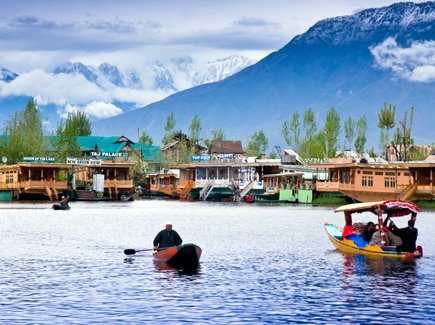
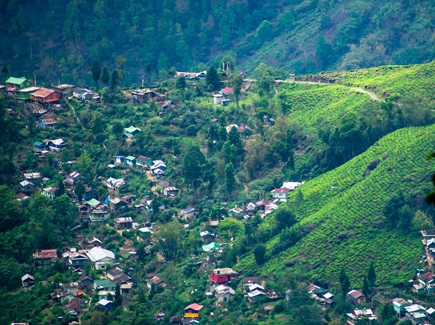

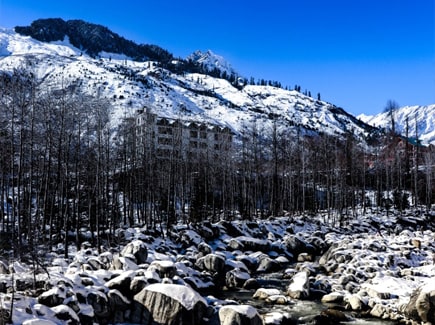

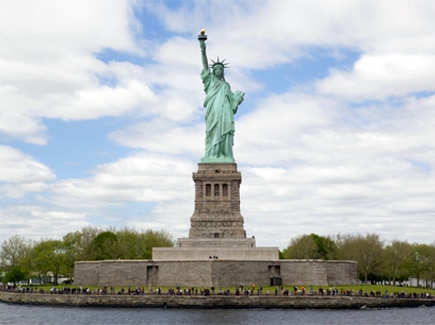
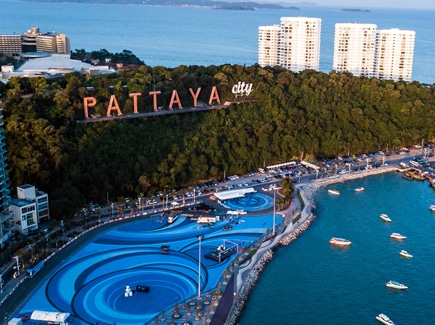
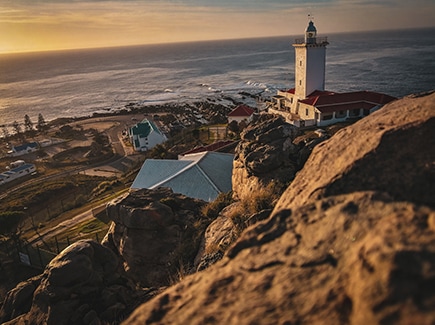
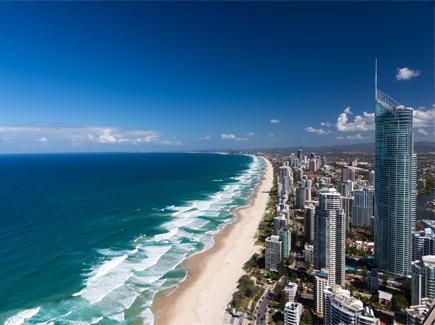









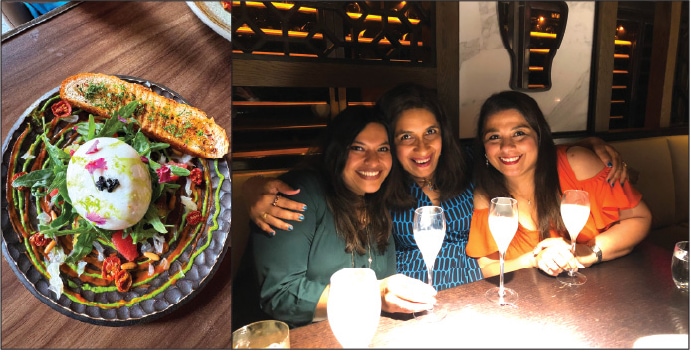





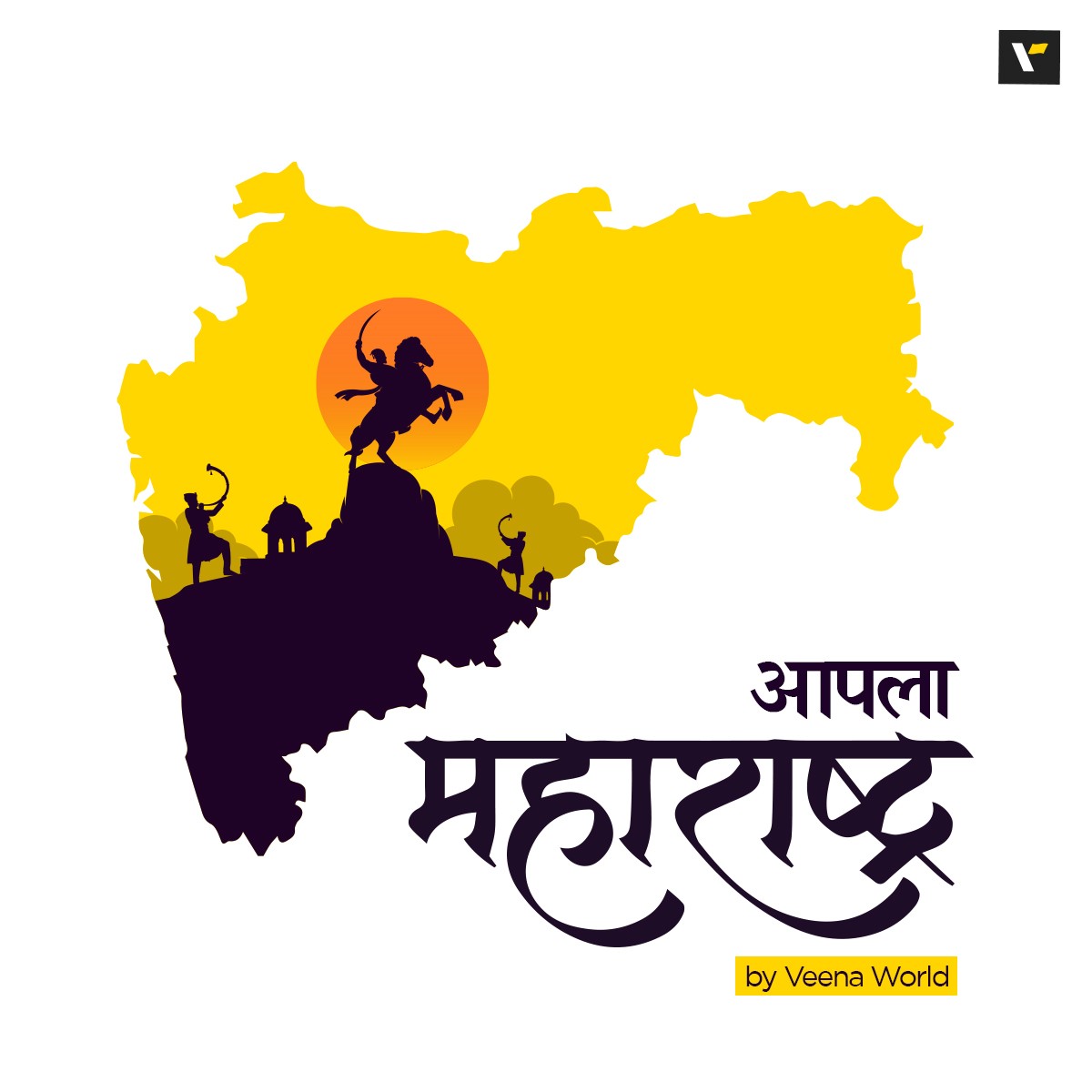






































Post your Comment
Please let us know your thoughts on this story by leaving a comment.